How to choose the right beer glass
Discover the different types of beer glasses and learn how each one highlights the flavour, bouquet and head of your favourite brewing style.

Enjoying beer goes beyond the drink itself: the temperature, how it is served and the glass all notably affect how we perceive it. The shape and material the glass is made of can change the bouquet, taste and general experience, which is why there are specific glasses for each type of beer.
In countries with a deeply rooted beer drinking culture, such as Belgium, each type of beer is usually served in a specific glass. However, there are people who prefer to drink from the bottle, although we must point out that is detrimental to how the beer looks and smells.
Knowing about different types of beer glass will not only improve the experience, it will also help you better perceive the properties of each brewing style. Let us take a look at the main ones!
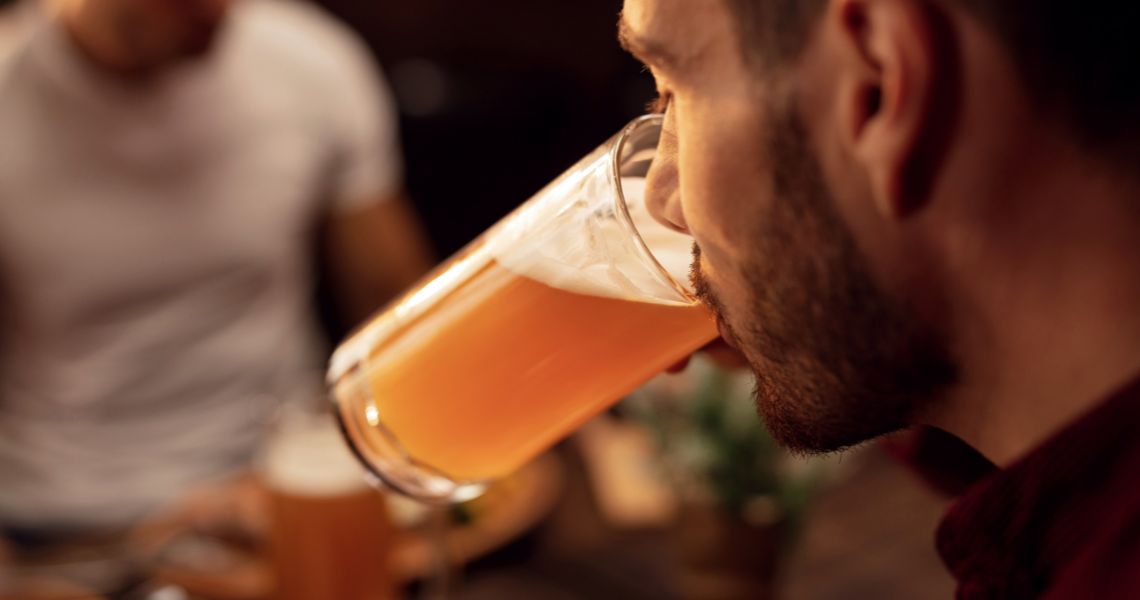
Tall and narrow
Tall and narrow glasses are ideal for enjoying brewing styles such as pale lager, where the light freshness and simplicity of the flavour are its main properties. Although they tend to be narrow, they should not be as narrow as the popular “tall, straight glasses”, which we do not recommend because they do not allow the beer to oxygenate, prevent the frothy head from forming and concentration of the bouquet. These glasses are suitable for brews such as pilsner, helles and kölsch.
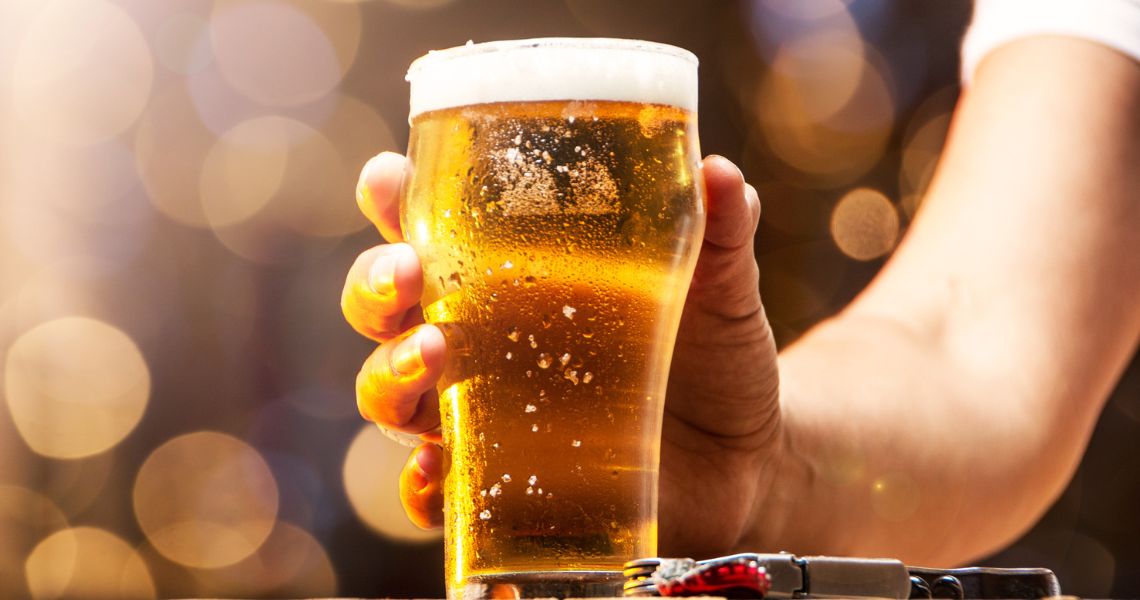
Pint glass
The pint glass is perhaps the most iconic and recognisable glass in the beer world. The origin of this type of glass is more due to its practicality than any organoleptic purposes. Conical in shape the bulb prevents the glass from slipping through our fingers due to the condensation that forms on the outside of the glass caused by the contrasting temperatures. The wide, simple shape permits quick, convenient pouring, ideal for long beers. They are ideal for a large number of British beers such as pale ale, porter, stout and even a wide range of IPA.
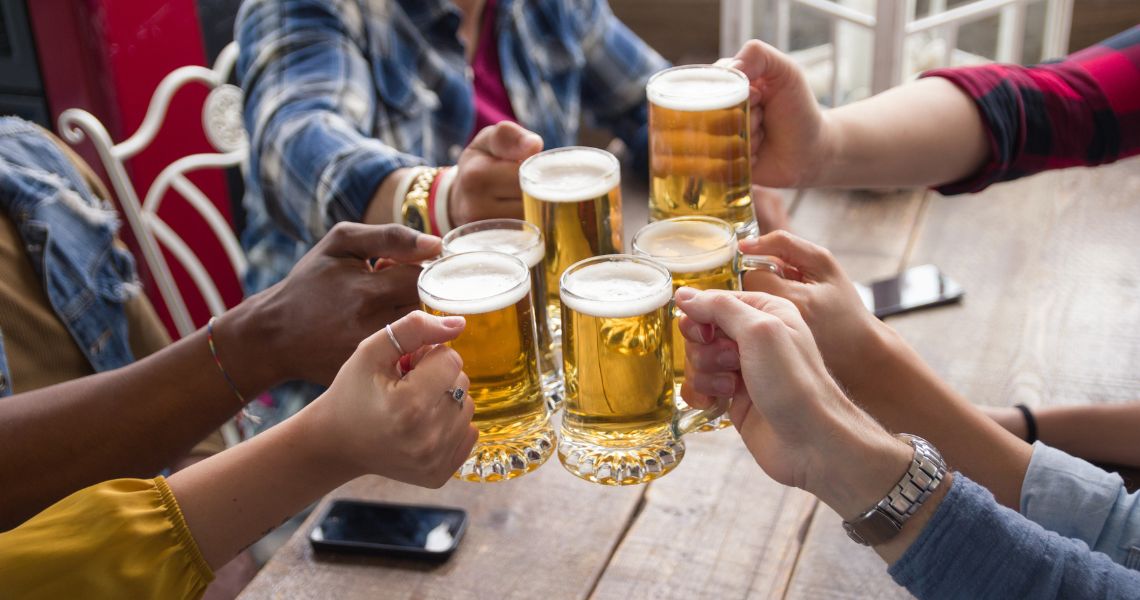
Beer tankard
A smooth or textured surface, large capacity and characteristic handle all help to avoid the heat transfer from our hand to the beer. These are the beer tankards, one of the most emblematic and common beer glasses, particularly at beer festivals such as the Oktoberfest. Their robust, practical design makes them a classic in places such as Germany, Czech Republic and Austria, where they have been a part of the beer drinking culture for centuries. They are not specifically designed to bring out the taste or other subtleties of beer: they are so popular because of how practical they are for informal occasions. They are ideal for fresh, light, long drinks such as German or Czech lager, kölsch or pils, among others.
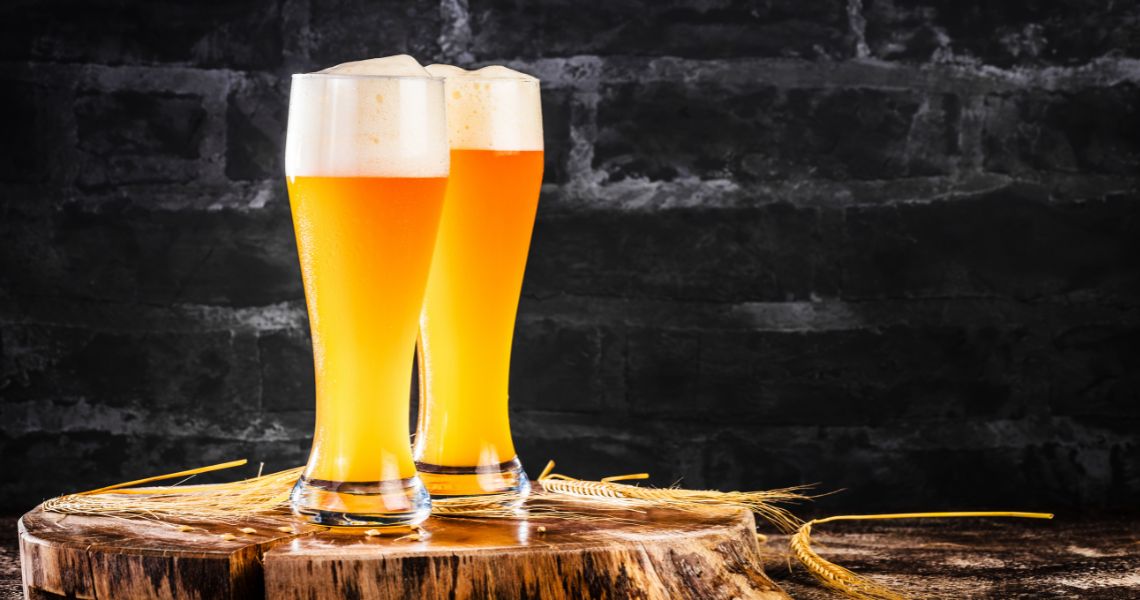
Weizen glass
Weizen glasses are easily recognisable for their long, stylish shape, with a narrow waste in the middle which gently opens up towards the rim of the glass. It is precisely that curved shape that helps to keep the head, whereas the narrower part in the middle channels the bouquet towards our nose. This design enhances the characteristic bouquet of wheat yeast, making it particularly suitable for German pilsner and wheat beer, whose high level of carbonation and intense bouquet benefits enormously from that shape. The height of the glass on the other hand, also plays an important role, since it allows maintaining a generous head typical of those beers, without the beer itself spilling over.
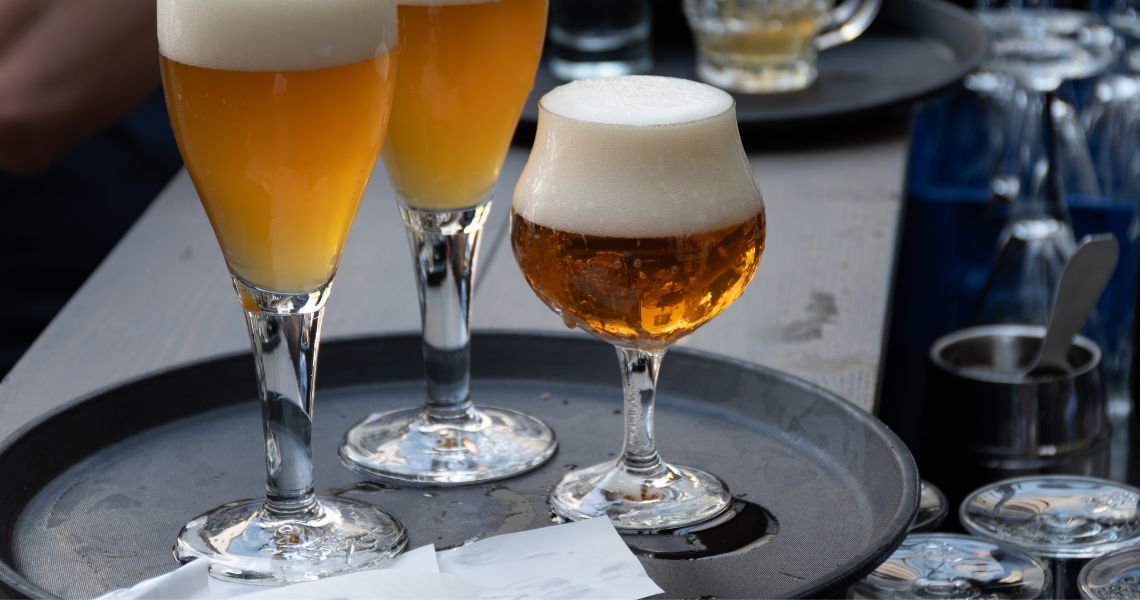
Tulip glass
The tulip glass is easily recognisable for its bell shape with a slightly flaring rim, similar to the shape of tulips. They are designed to bring out the best of strong beers in terms of bouquet, head and alcohol content, such as the Belgian strong ales, saison or imperial stouts. Thanks to the wide bowl, these glasses allow the beer to oxygenate, which favours the release of complex tastes and aromas. Another advantage of these glasses is that a thick, lasting head forms.
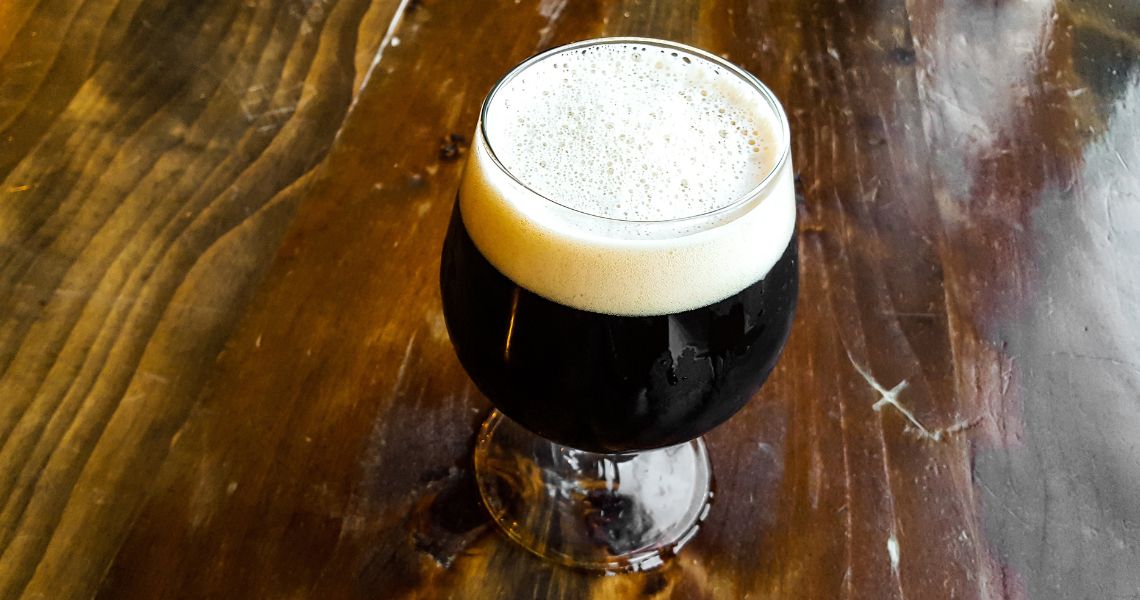
Goblet glass
These are large glasses with a wide rim that are usually used for tasting highly-fermented Belgian beers such as the dubbel, tripel and quadrupel abbey beers. These, and other highly flavoured beers with a high alcohol content are enhanced further when served in these goblets, more so than if they were served in narrower glasses. Their chalice shape is also a nod at the monkish origins of these beers.
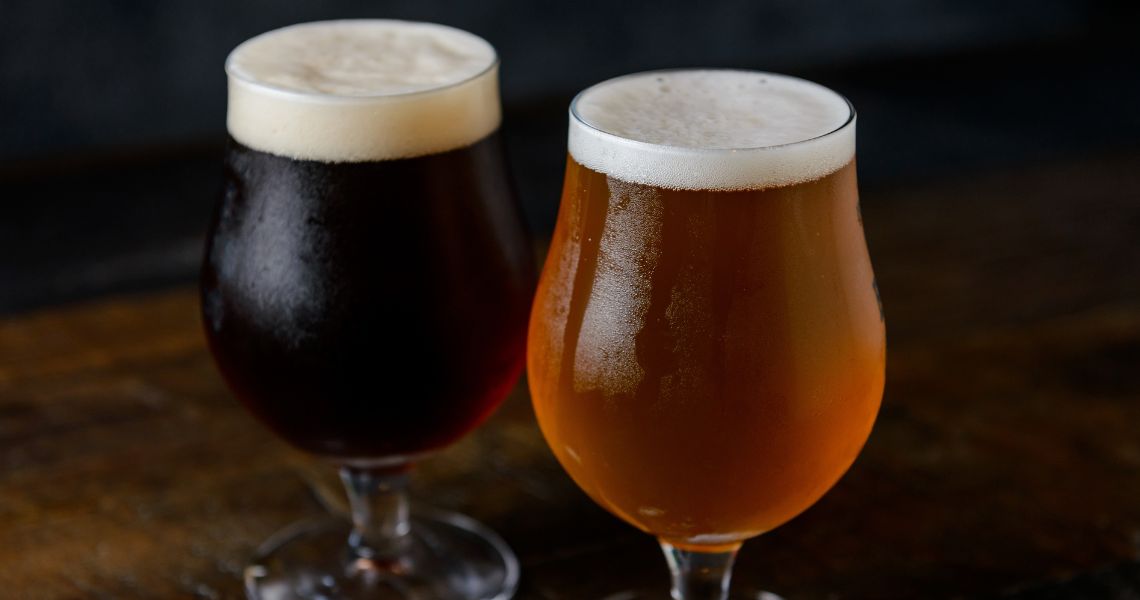
Snifter glass
Similar to brandy glasses, they are particularly recommended for more liqueur type brewing styles. The round shape of the bowl means the beer can be warmed from our hands, which is particularly useful for beers that are meant to be drunk slightly warmer.
Now it’s up to you to try! We recommend you choose a fairly complex beer (such as Leffe Blonde or Grimbergen Double) and try them in three or four different glasses you might have around the home. Then try smelling and tasting the beer, and you will see how it will be slightly different depending on which glass you drink it from.
Cheers!
What do you think about?
Share comments, opinions and tricks with the Community







